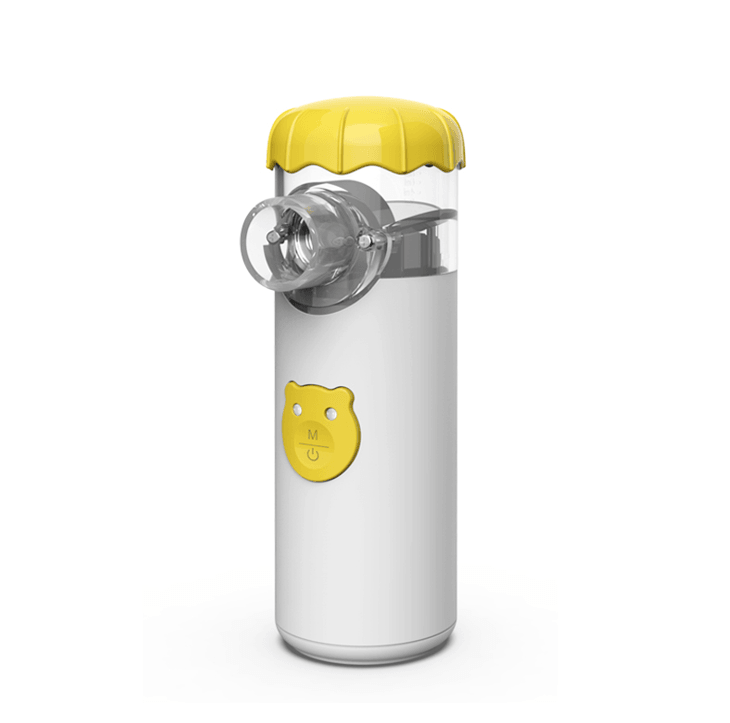Disinformation? U.S. retail renews restrictions

According to several foreign media reports, the shelves of Costco, the largest membership-based warehouse chain in the United States, are empty again, and even began to limit the number of toilet paper purchases to relieve supply pressure (shelves empty! Millions of dollars of goods stranded in Chinese warehouses and ports, what is the reason behind the "supply crisis"? This time, it's not a panic rush caused by the new epidemic, but a supply chain crisis and soaring logistics costs. And Costo is not alone, as Target, Home Depot and Sears are all experiencing shortages on their shelves.
01
The "supply crisis" is hitting hard
Since the 23rd of last month, Costco has announced that it has started to re-impose restrictions on toilet paper, cleaning products and bottled water in the United States, and apparently more than a month has not brought them any relief from the problem.








Costco CFO Richard Galanti called logistics costs a "long-term inflationary factor" during the earnings call, further exacerbated by the combination of rising labor costs, increased demand for products, chip shortages, and higher commodity prices.
In addition, FedEx announced an average 5.9 percent increase in U.S. domestic bill prices effective January 3, 2022, in light of rising costs and a challenging operating environment.
02
Costs are rising sharply at all levels
Prices for e-commerce products have risen for 15 consecutive months in the U.S. In August, apparel prices on e-commerce platforms jumped 15.52 percent from a year ago, while prices for over-the-counter drugs, sporting goods and furniture products rose 4.66 percent, 3.47 percent and 2.6 percent year-over-year, respectively, according to a report from data analytics firm Adobe Digital Insights.
To ease logistics pressures, Costco has chartered three ocean-going vessels for the next year to transport containerized cargo between North America and Asia, each capable of carrying about 800 to 1,000 containers at a time. However, this may be far from a solution to the immediate supply chain crisis.
The Southern California Marine Exchange previously reported that as of Oct. 5, there were 143 ships in the port: 88 at anchor or drifting, and 55 at berth.
And according to the latest reports from foreign media, nearly 500,000 containers have accumulated and are now trapped off the Southern California coast due to a lack of port capacity, with about 12 million metric tons of cargo waiting in drift zones and anchorages for open docking and unloading points along the port.



There are currently about 90 container ships in these ports, 63 of which were waiting ashore last Tuesday - a number well above the average number of ships anchored in the ports prior to the pandemic (0 ~ 1 ship). Among them are 19 large container ships waiting to dock, the largest of which carries 16,022 20-foot containers.


The cost of shipping from Europe and China to the northern coast of the United States has increased exponentially over the last year. Last month, the cost of a single container from China to the U.S. Northwest Coast was more than $20,000. This time last year, the cost was less than $5,000.


In addition to logistics costs, rising labor costs are also a challenge for businesses.
The additional unemployment benefits offered by the U.S. federal government during the epidemic officially expired early last month (September), affecting about 8.5 million workers. Economists had previously expected this to "encourage" more people to return to the workforce.
However, a study conducted by researchers at Columbia University, Harvard University, the University of Massachusetts Amherst and the University of Toronto found that 87.5 percent of those unemployed in areas where additional unemployment benefits were suspended in June had not returned to work by early August. The data showed that personal health and child care were the main obstacles on the road back to employment.
And a lack of manpower has led to slow port operations and severe congestion of containerized cargo.


03
The Federal Reserve is deeply concerned about the "inflation crisis"
The Fed's quarterly summary of economic projections (SEP), updated last month (September) 22, showed that the Fed forecast a 4.2% increase in the personal consumption expenditure (PCE) price index in 2021, an upward revision of 0.8 percentage points from the June forecast. The Fed predicts that the PCE price index is expected to fall to 2.2% in the next two years, with long-term inflation forecasts remaining unchanged at 2%.
However, Cleveland Fed President Mester (Loretta Mester) said that the dual role of strong consumer demand and supply chain challenges will lead the public and businesses to raise expectations for future inflation.
Federal Reserve officials are concerned that once inflation expectations are high, the Fed will have to take action to curb higher prices.

The minutes of the Fed's last policy meeting show that officials generally believe it is time to start withdrawing stimulus measures, they discussed the so-called "tapering" that began in mid-November or mid-December, slowing emergency support for the economy, Fed officials will meet on November 2 to 3 to make a final decision.
Fed officials are discussing when to slow or scale back the $120 billion monthly pace of Treasury and mortgage-backed securities purchases that have been underway since June 2020.
Some analysts believe the tapering could be delayed if Congress does not raise the debt ceiling.
Inflationary pressures continue, with Wednesday's data showing that consumer prices rose 5.4 percent over the past year, the fastest rate of growth in decades. A senior Fed official said last Thursday that the likelihood of inflation remaining high next year is higher than many now believe.
In fact, the phenomenon of "empty shelves" also exists in the United Kingdom, where Prime Minister Boris Johnson recently hired a former chief executive of Tesco to try to solve the country's supply chain problems caused by the new crown pandemic.
WE RECOMMEND
Related posts
- Subscribe MedInsights
- Subscribe MedInsights
- Subscribe MedInsights
- Subscribe MedInsights
- Subscribe MedInsights












